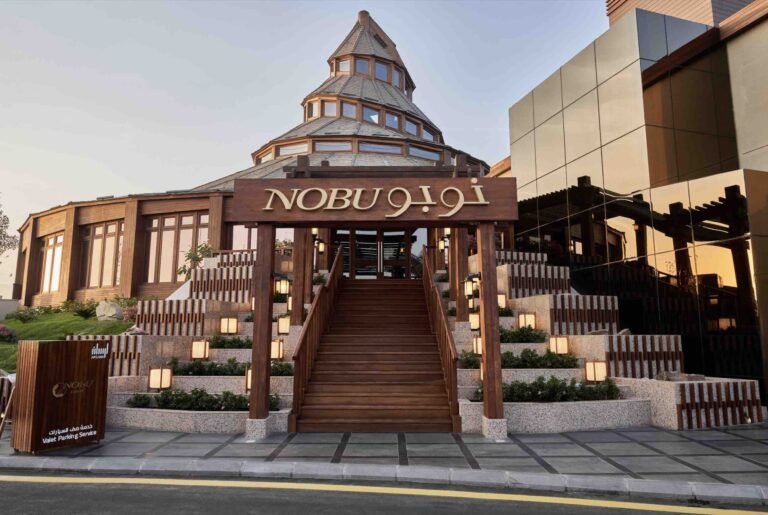
Dizi, also known as Abgoosht, is a traditional Persian stew that holds a special place in the heart of Iranian cuisine and is a cherished example of Iranian food. This hearty and flavorful dish has deep historical roots, dating back to ancient Persia, and has evolved over centuries to become a beloved staple in Persian culture. Beyond its delicious taste, Dizi embodies the values of hospitality, tradition, and social cohesion that are central to Iranian society.
Origins of Dizi: Tracing the Roots of Persia’s Traditional Stew
Dizi, also known as Abgoosht, is a traditional Persian stew that holds a special place in the heart of Iranian cuisine. The origins of Dizi can be traced back to ancient Persia, where it began as a humble peasant dish. This hearty stew, made primarily from lamb, chickpeas, potatoes, and tomatoes, was designed to be both nutritious and filling, perfect for sustaining workers and travelers.
Early Beginnings
The earliest mentions of Dizi in Persian culinary history date back to the times of the Achaemenid Empire (550-330 BC). During this period, Persia was a vast empire with a diverse population that influenced and enriched its culinary traditions. Dizi was initially a simple stew cooked in earthenware pots, which were the precursors to the modern-day dizi pots (also known as “dizi stones”). These pots were designed to keep the stew warm for extended periods, making it an ideal meal for those on long journeys or working in the fields.
Ingredients and Cooking Methods
The fundamental ingredients of Dizi have remained consistent over the centuries, but regional variations and available resources have led to some modifications. Traditionally, Dizi was made with lamb or mutton, chickpeas, white beans, potatoes, tomatoes, turmeric, and dried lime (limoo amani). The ingredients are slow-cooked together to create a rich and flavorful broth. The use of dried lime, a hallmark of Persian cuisine, imparts a unique sourness that balances the richness of the lamb.
One distinctive feature of Dizi is the way it is served and eaten. Once the stew is cooked, the broth is separated and served as a soup. The remaining solid ingredients are then mashed together using a pestle, often right in the serving pot, and eaten with flatbread. This method of serving not only highlights the versatility of the dish but also enhances its communal and sharing nature, reflecting the social aspects of Persian dining.
Evolution Over Centuries
As Persia evolved into modern-day Iran, Dizi continued to be a staple dish, adapting to changing tastes and influences. During the Safavid Dynasty (1501-1736), Persian cuisine saw the introduction of new ingredients and spices from other parts of the world. This period also marked the refinement of cooking techniques, making Dizi a more sophisticated dish while retaining its rustic roots.
In the 19th and 20th centuries, as Iran experienced increased urbanization and modernization, Dizi transitioned from a rural staple to an urban delight. Teahouses and traditional restaurants, known as “dizi khaneh,” began specializing in Dizi, serving it to a new generation of city dwellers. These establishments preserved the traditional methods of cooking Dizi in stone pots, maintaining its authentic taste and cultural significance.
Dizi in Persian Culture: A Symbol of Hospitality and Tradition

Dizi Persian food, also known as Abgoosht, is much more than a simple stew; it is a profound symbol of Persian hospitality, tradition, and social cohesion. This beloved dish plays a pivotal role in Persian society, making regular appearances at family gatherings, festivals, and traditional ceremonies. Its cultural significance is deeply rooted in the values of sharing and togetherness that are central to Persian life.
Family Gatherings
In Persian households, food is an essential part of bringing family members together, and Dizi Persian food holds a special place in these gatherings. The preparation and consumption of Dizi are often communal activities, where family members participate in cooking and then share the meal around a common table. The process of making Dizi, which involves slow-cooking the ingredients to create a rich and hearty stew, allows for plenty of time to engage in conversation and bonding.
At family gatherings, the act of mashing the solid ingredients of Dizi and serving them with fresh bread creates an interactive dining experience. This ritual fosters a sense of unity and connection, as everyone shares the same dish and participates in its unique eating method. The broth, served separately, is often sipped communally, further enhancing the feeling of togetherness.
Festivals and Celebrations
Dizi Persian food is also a staple at Persian festivals and celebrations, where it is served as a symbol of abundance and hospitality. During Nowruz, the Persian New Year, Dizi is often prepared to welcome the new year with a meal that embodies the rich culinary heritage of Iran. Its presence at such significant events highlights its importance in marking joyous occasions and creating lasting memories.
In weddings, birthdays, and other festive gatherings, Dizi is celebrated not just for its flavor but for its ability to bring people together. Serving Dizi during these times is seen as an expression of generosity and warmth, reflecting the host’s desire to provide comfort and satisfaction to their guests.
Traditional Ceremonies
In addition to its role in festive occasions, Dizi Persian food holds a special place in various traditional ceremonies and rituals. It is commonly served during religious observances and memorials, where its comforting and hearty nature provides solace and sustenance to participants. The communal aspect of eating Dizi aligns with the Persian cultural emphasis on supporting one another during significant life events.
For example, during the month of Ramadan, Dizi is often prepared for Iftar, the meal that breaks the daily fast. Its rich and nourishing ingredients help replenish energy, making it an ideal choice for such a spiritually significant time. By sharing Dizi at Iftar, families and communities reinforce their bonds and celebrate their shared faith and traditions.
Conclusion
Dizi Persian food is not just a culinary delight but a rich symbol of Iranian cultural heritage and communal values. Its presence at family gatherings, festivals, and traditional ceremonies highlights its role in fostering unity and hospitality. As a dish that has been cherished for centuries, Dizi continues to bring people together, preserving the essence of Persian tradition and the warmth of Iranian hospitality.





